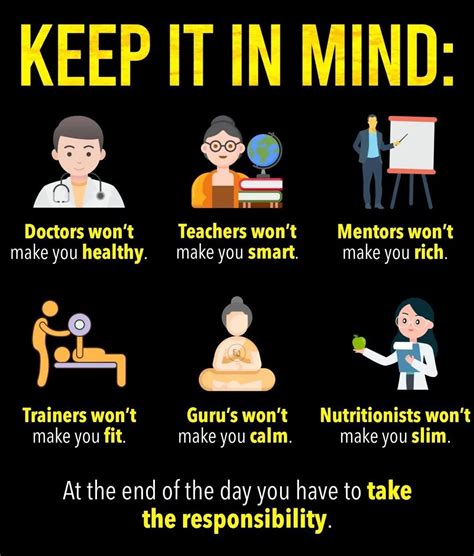The Silent Echoes of Failure: Men and Their Inner Narratives
For men, the experience of failure is often far more complex than a simple setback. It’s frequently interpreted through a lens of societal expectations that equate masculinity with strength, success, and unwavering competence. When a man perceives he has failed, an intricate web of internal narratives begins to form, significantly influencing his future actions, particularly in areas of risk-taking or avoidance.

These narratives are not mere thoughts; they are deeply ingrained stories we tell ourselves about who we are, what we’re capable of, and our place in the world. For men, these stories are often amplified by pressures to ‘be a man,’ ‘be strong,’ or ‘not show weakness,’ making failure a potential threat to their very identity.
Common Internal Narratives Around Failure
Several common themes emerge when men construct narratives around perceived failures:
- The ‘Identity Threat’ Narrative: This story often frames failure as an indictment of one’s fundamental worth or masculinity. Instead of seeing it as an event, it becomes ‘I am a failure’ rather than ‘I failed.’ This narrative is particularly potent, linking a specific outcome to one’s entire identity and often leading to profound shame and self-doubt.
- The ‘Ultimate Responsibility’ Narrative: Driven by a strong sense of personal accountability, this narrative often exaggerates an individual’s control over external circumstances. It posits, ‘If I had just been smarter/stronger/worked harder, this wouldn’t have happened.’ While personal responsibility is vital, this narrative can lead to excessive self-blame, overlooking systemic factors or shared responsibilities.
- The ‘Confirmation Bias’ Narrative: For men with pre-existing insecurities, failure can confirm their deepest fears. ‘I knew I wasn’t good enough,’ or ‘This proves I’m not cut out for this,’ are common refrains. This narrative solidifies negative self-beliefs, making it harder to challenge them in the future.
- The ‘Power Through’ Narrative: In an attempt to avoid acknowledging vulnerability or emotional pain, some men construct a narrative of sheer grit: ‘I just need to work harder/push through this.’ While resilience is positive, this narrative can sometimes bypass healthy emotional processing, leading to burnout or an inability to learn from mistakes.
- The ‘Don’t Show Weakness’ Narrative: This narrative stems from a fear of exposing vulnerability. Failure must be hidden, minimized, or aggressively overcome without seeking help, lest it be perceived as a sign of weakness. This can isolate men and prevent them from accessing valuable support systems.

Shaping Future Risk-Taking or Avoidance
These deeply embedded narratives significantly dictate a man’s future relationship with risk:
Increased Avoidance and Paralysis
When failure is tied to identity or shame, the most common response is avoidance. The fear of repeating the failure, and thus re-experiencing the emotional pain or perceived loss of status, leads to:
- Risk Aversion: Sticking to comfort zones, avoiding new challenges, or not pursuing opportunities where success isn’t guaranteed.
- Procrastination: Delaying tasks or decisions out of fear of making a mistake.
- Withdrawal: Retreating from social or professional situations where performance might be evaluated.
The ‘Identity Threat’ and ‘Don’t Show Weakness’ narratives are particularly powerful drivers of avoidance, as they place a man’s self-worth directly on the line with every potential risk.
Reckless or Compensatory Risk-Taking
Conversely, some narratives can propel men into heightened, sometimes unhealthy, risk-taking:
- Proving Oneself: The ‘Power Through’ and ‘Ultimate Responsibility’ narratives can lead to doubling down, taking on excessive risks to prove competence or reclaim lost status, often without sufficient planning or reflection.
- Escapism/Distraction: For some, the internal pain of failure might lead to impulsive, high-risk behaviors (e.g., gambling, substance abuse) as a means of distraction or self-punishment.
- Avoiding Vulnerability Through Aggression: Rather than acknowledge emotional pain, some men might become overly aggressive or critical, deflecting internal discomfort by projecting it outwards, which can manifest as risky interpersonal behavior.

Cultivating Healthier Narratives and Balanced Risk
Breaking free from these restrictive narratives is crucial for personal growth and balanced risk-taking. This involves a conscious effort to challenge and reframe internal stories:
- Embrace Self-Compassion: Instead of harsh self-criticism, treating oneself with kindness and understanding, recognizing that failure is a universal human experience. This counters the ‘Identity Threat’ narrative.
- Reframe Failure as Learning: Shifting from ‘I failed’ to ‘I learned.’ Viewing setbacks as valuable data and opportunities for growth, rather than definitive judgments of worth. This dismantles the ‘Confirmation Bias’ narrative.
- Challenge Societal Masculine Norms: Actively questioning rigid definitions of what it means to be a man, and recognizing that vulnerability and seeking help are signs of strength, not weakness. This directly addresses the ‘Don’t Show Weakness’ narrative.
- Seek External Perspective: Talking to trusted friends, mentors, or therapists can provide objective insights, challenging exaggerated self-blame and offering alternative interpretations of events. This helps to deconstruct the ‘Ultimate Responsibility’ narrative.
- Develop a Growth Mindset: Believing that abilities and intelligence can be developed through dedication and hard work, rather than being fixed. This encourages a healthier approach to challenges and setbacks, fostering calculated, informed risk-taking rather than avoidance or recklessness.

Conclusion
The internal narratives men construct around their perceived failures are powerful architects of their future behaviors. Whether these stories lead to debilitating avoidance or reckless ambition, their impact is profound. By fostering self-awareness, embracing self-compassion, and actively challenging limiting beliefs and societal pressures, men can rewrite these narratives. This allows them to approach risks with greater wisdom, resilience, and a healthier understanding of what it truly means to succeed—and to fail—as a whole person.





